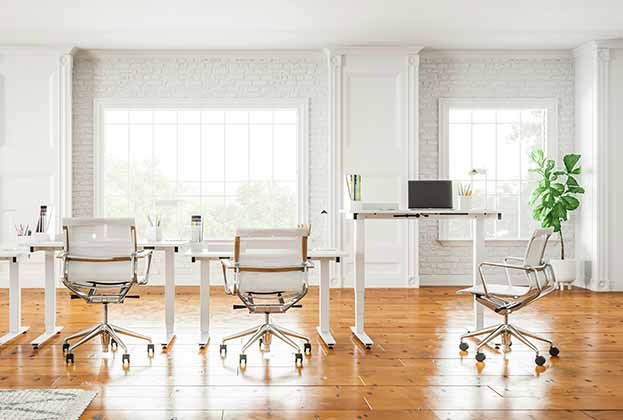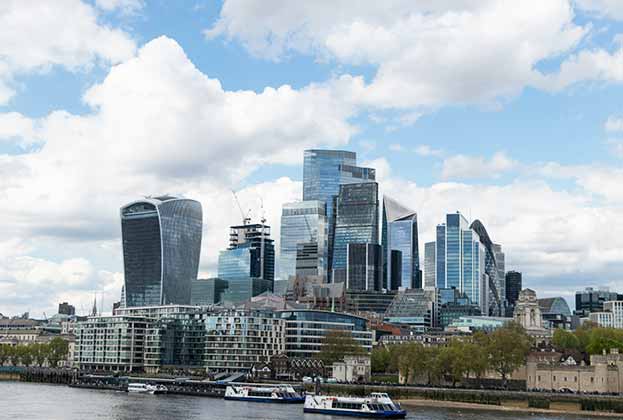Despite the continuous rise of online sales, the importance of physical stores for shoppers can't be underestimated.
Cyclical and structural changes in the retail sector have led to higher vacancies in tertiary retail locations, but also to stronger demand for space in retail destinations with high connectivity and footfall. Secondary high streets have had to re-establish their identities, having often been over-spaced or unsuited to trends for larger, purpose-built retail units.
However, despite rationalisation from several high profile retailers, on the whole the need for fewer stores has turned a corner, the new attitude being that convenience, frequent and value shopping trips are best delivered locally. Destination retail and leisure schemes (for example, prime streets and regional shopping malls) will continue to have an important role in providing the most comprehensive and engaging retail experiences.
But the fact is that these mega-centres do not represent all shopping behaviour. High streets, fundamentally, fulfil a functional, essential retail need that does not necessitate a special trip to a large centre. This includes a significant range of fashion and homeware goods that can be served more locally, as well as the more obvious convenience/grocery and retail services.
Changing retailer demand is also seeing some small town centre units provide opportunities for ‘hub and spoke’ retailing that help to deliver a full product line to shoppers at the local level, and thus allow retailers to grow their portfolios and reinvigorate the high street.
Not all types of retail space will have survived the fast changes of the sector. The principles and needs that drive consumer behaviour will determine the winners and losers. Efficiency and ease will be important for time-poor shoppers. Accessibility and convenience will be a priority for the ageing population. Flexibility and personalised service will be in demand by all shopper groups.
By 2025, we will have seen further polarisation of demographic and lifestage groups in a population increased by a further five million people. Almost half the workforce will be Millennials. However, Generation Z (born post 2000) will be increasingly economically active, and the grey pound is expected to account for almost a quarter of the population. Each demographic group will have different consumer preferences from the generation before them.
The importance of retail stores as the point of inspiration for these different profiles of consumers is in offering convenience, experience, showrooming and service thus generating both direct sales and mobile device transactions.
Additionally, we expect the redefinition of 'convenience', and a further revival of neighbourhood and secondary high streets and shopping centres. Convenience stores, click and collect (C&C) points, services, cafés and restaurants will support the needs of the community at a local level. Change of planning use will be addressing redundant, long-term vacant space, including conversion to residential or work space, which, in itself, will generate further convenience-led retail demand.
Retailers in the next decade will be meeting more efficiently the demand of taking their product direct to the consumer, either via home delivery, C&C opportunities or from a purely convenience basis with implications on store numbers and efficient distribution of logistics space. In addition, some brands are likely to reverse trend to rationalisation with more/smaller sale points.
Further information
Contact Savills Retail and Leisure
(1).jpg)




.jpg)

.jpg)


